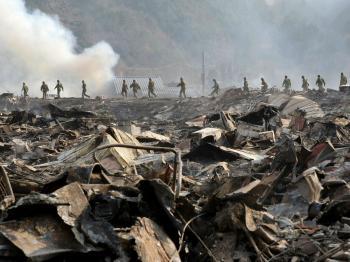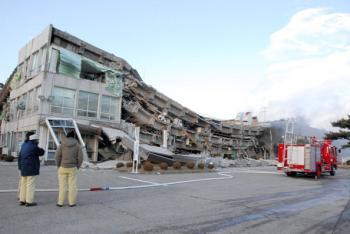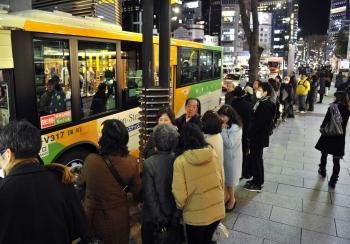Evacuated Japanese Feel Exhausted and Uncertain
In the coastal regions of three of Japan’s northeastern prefectures, aftershocks of at least magnitude 3 on the Japanese 1—7 shindo scale, still rattle survivors every 2—3 hours.
BEARING HARDSHIPS: Japanese earthquake and tsunami survivors across the affected area cope with harsh conditions in temporary shelters. Pictured here is in a shelter in a gym in Rikuzentakata, in Iwate Prefecture on March 24. Nicolas Asfouri/Getty Images
|Updated:



